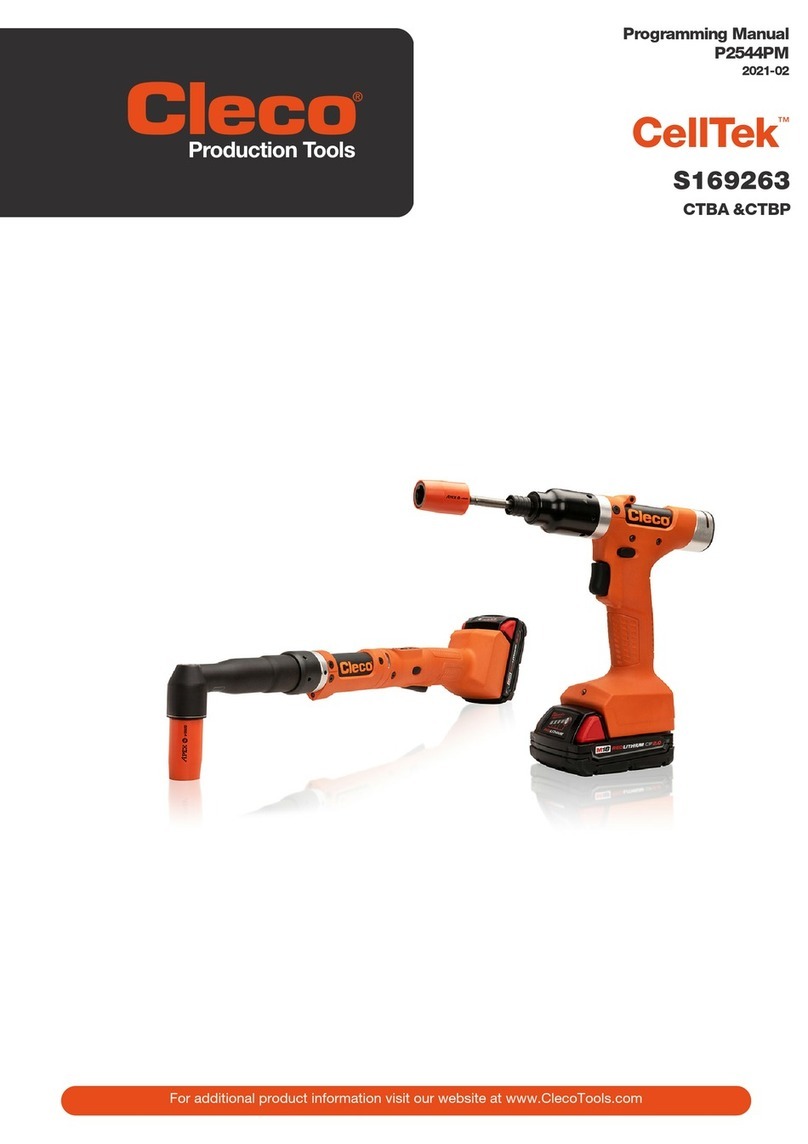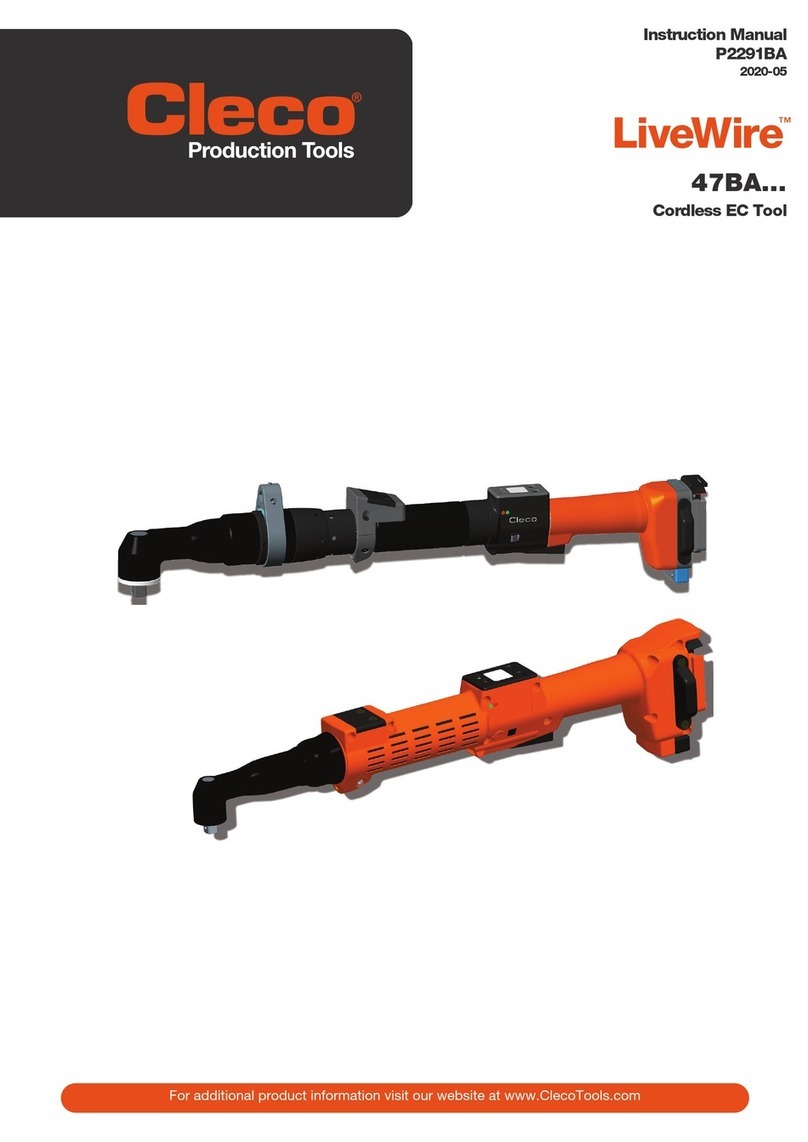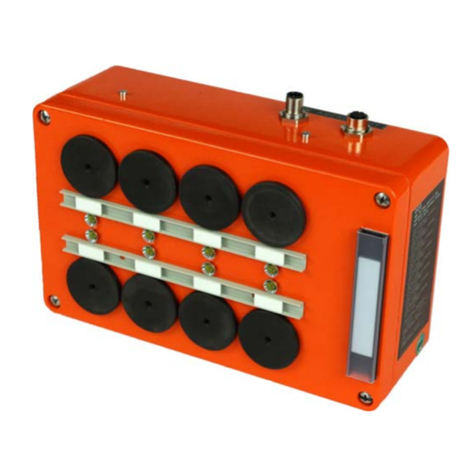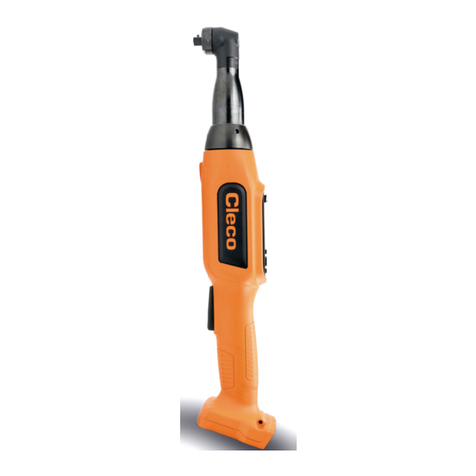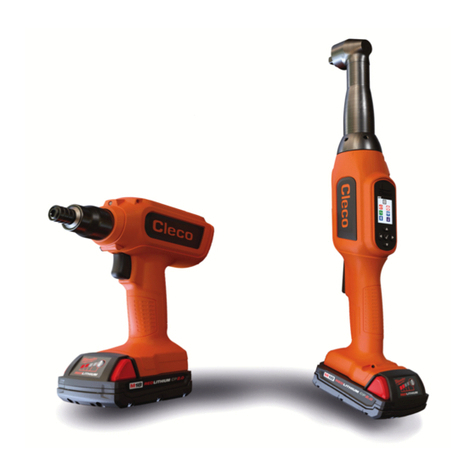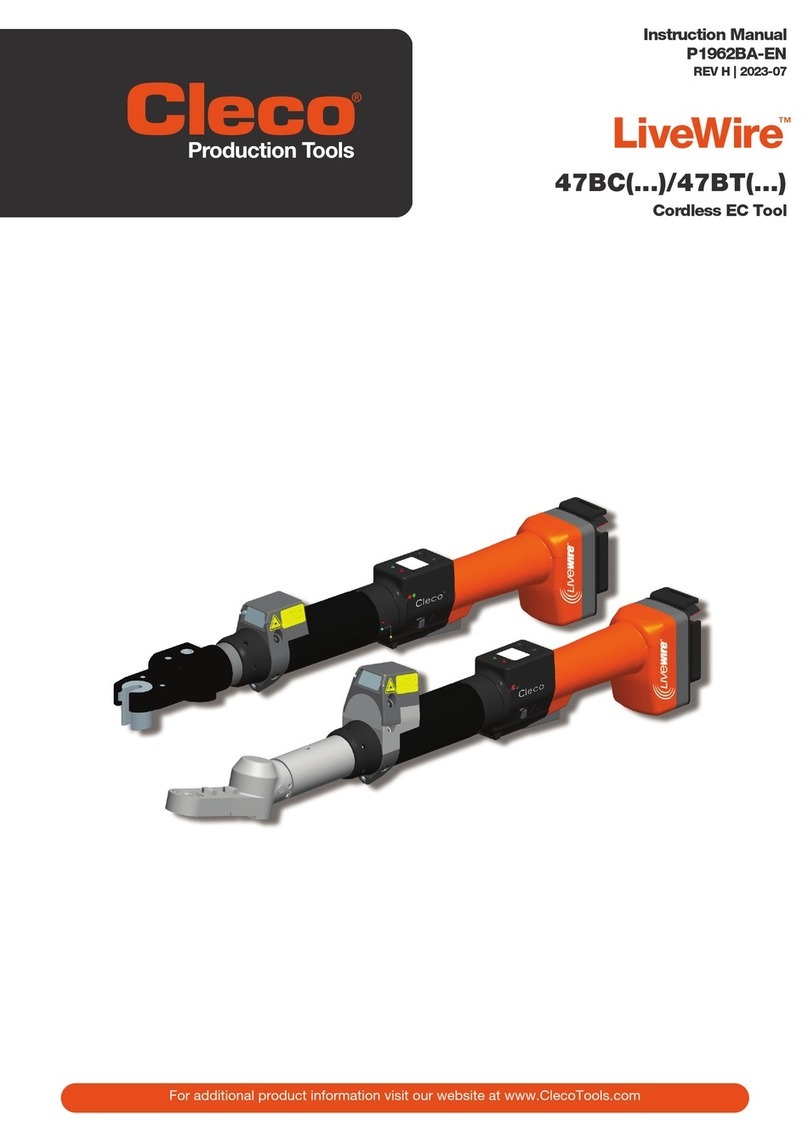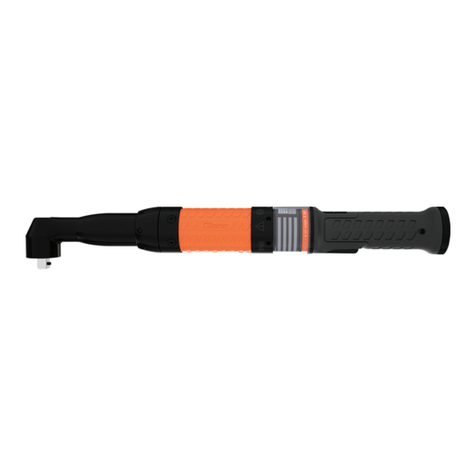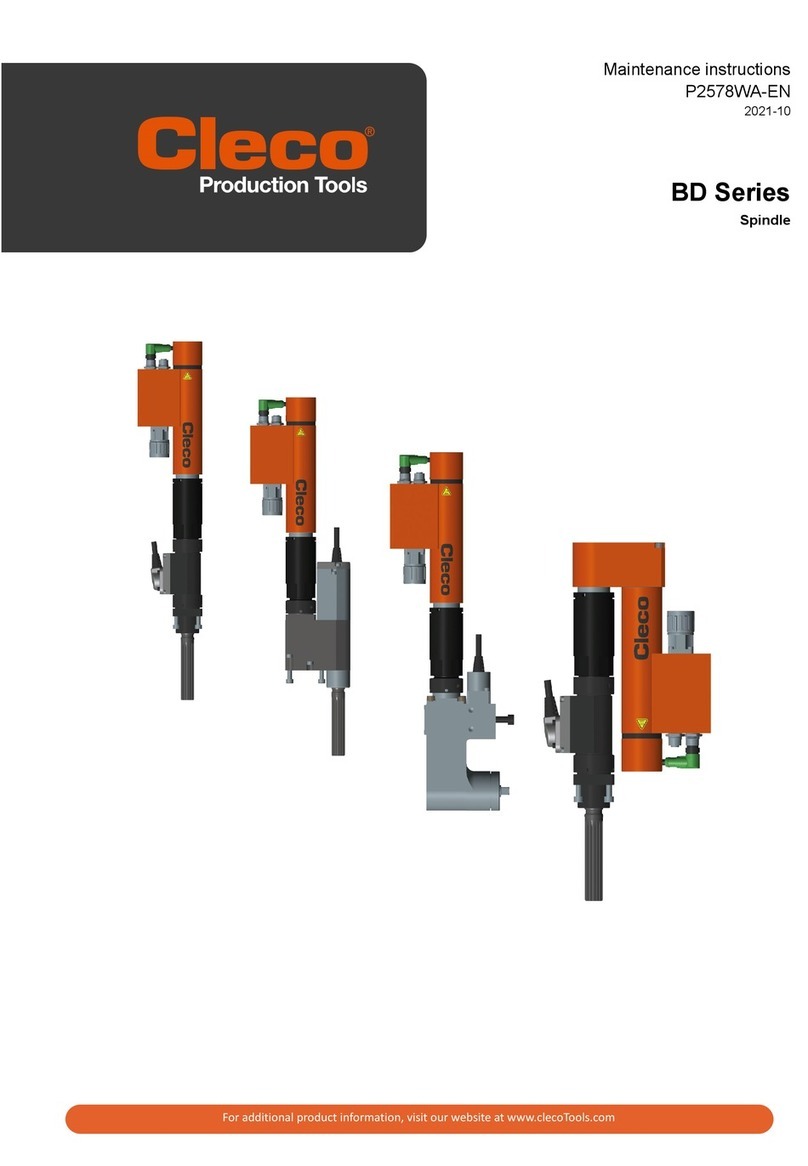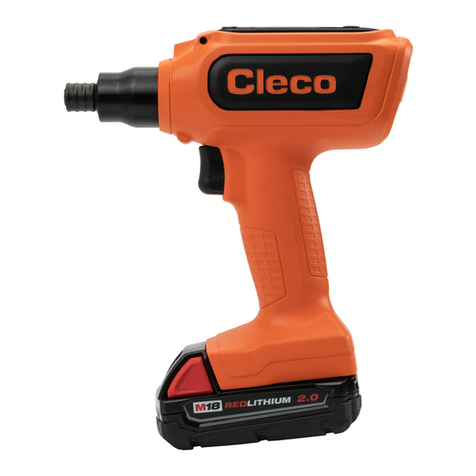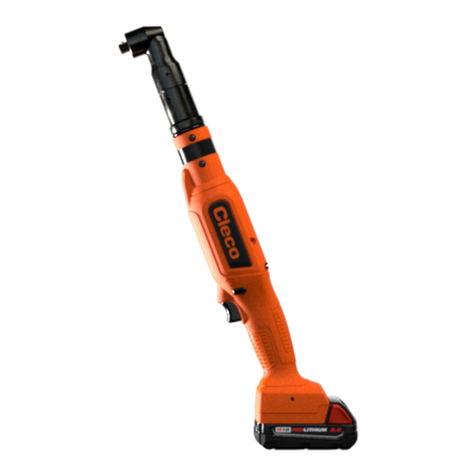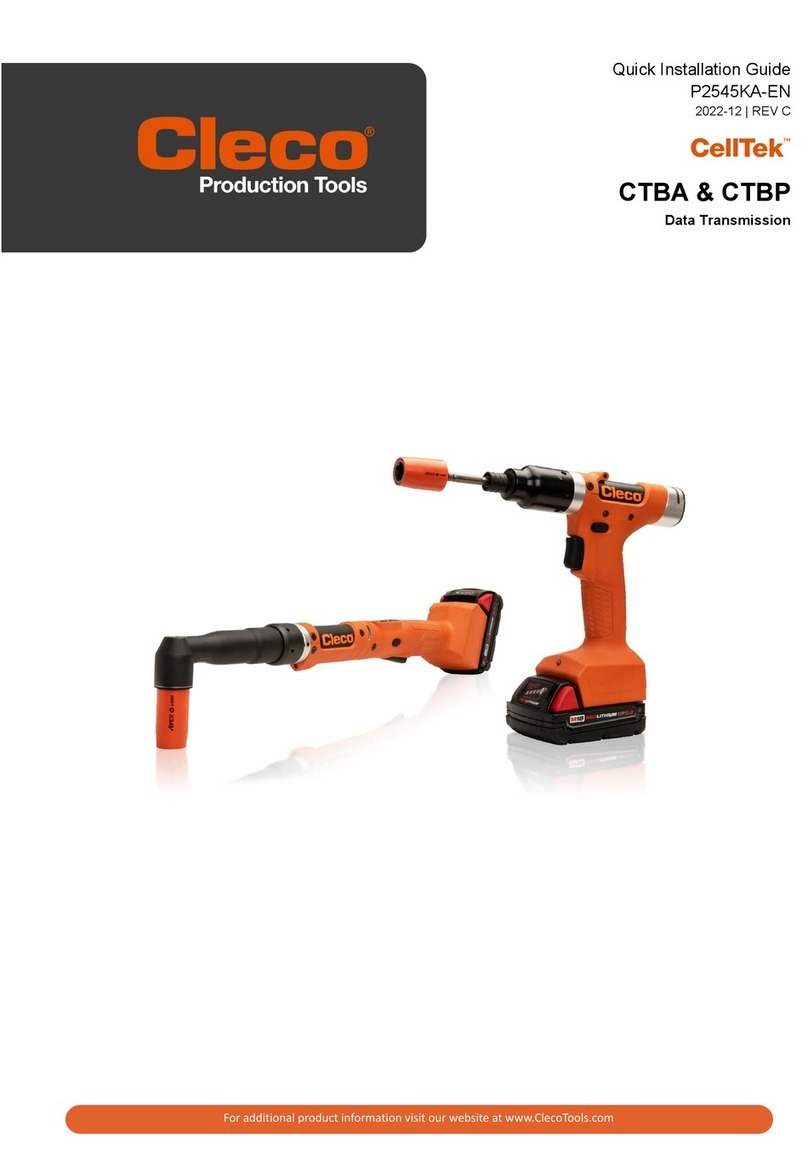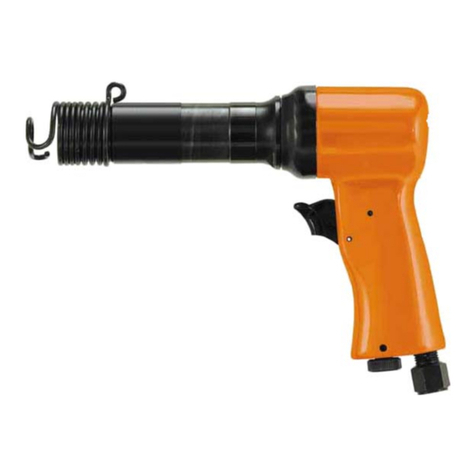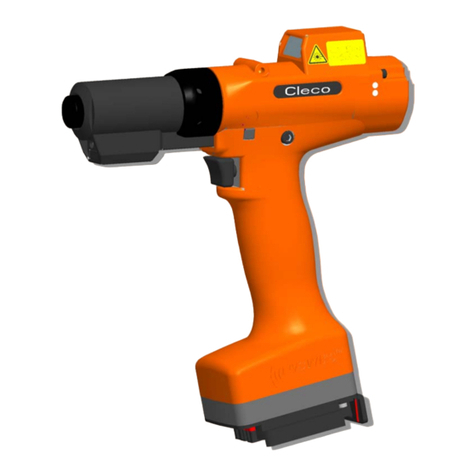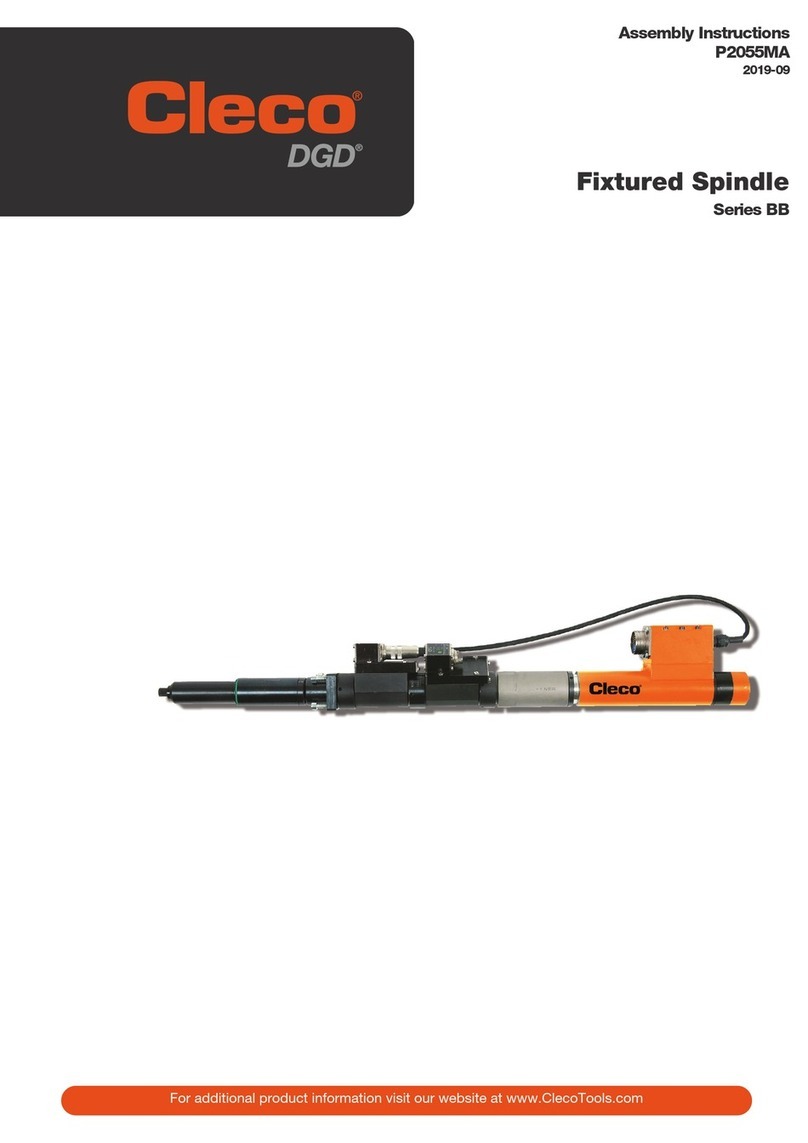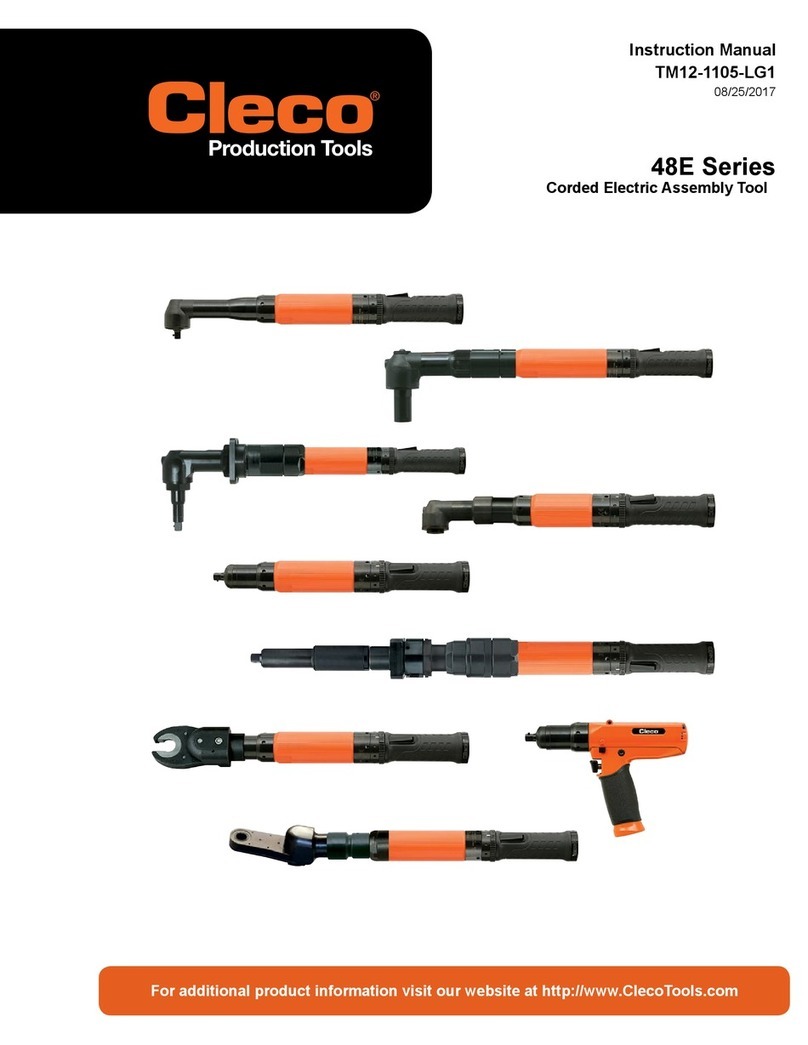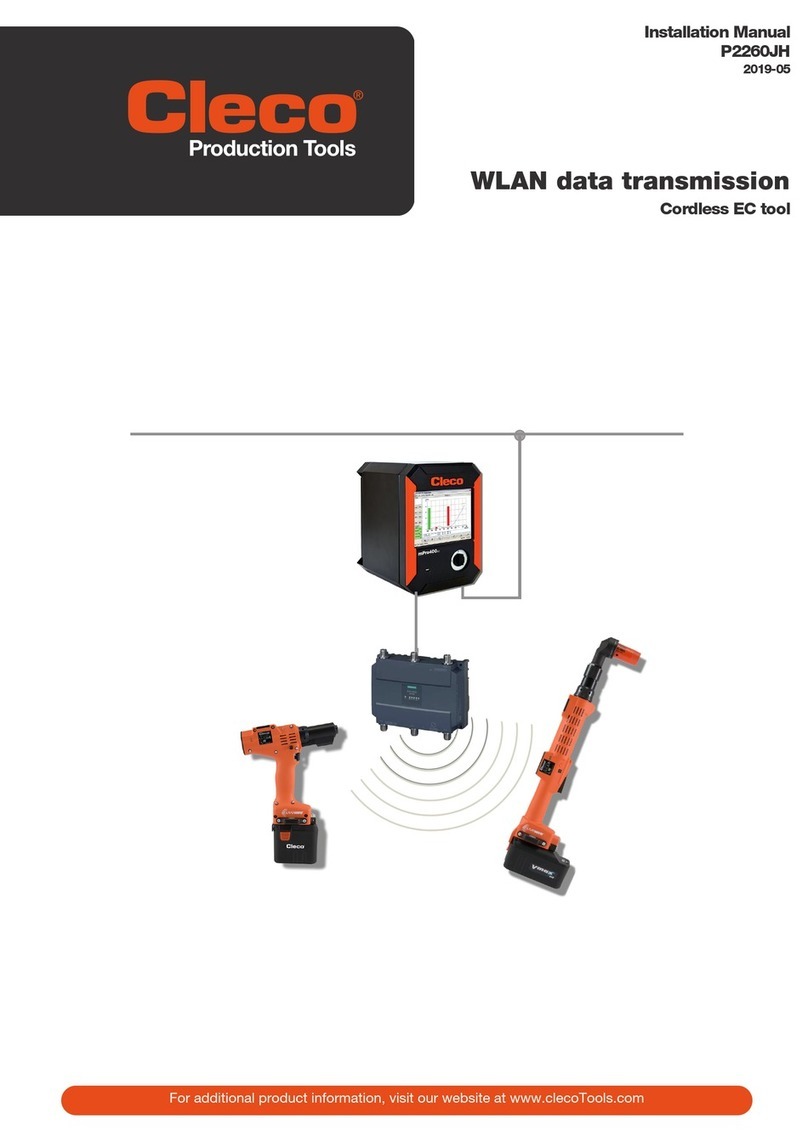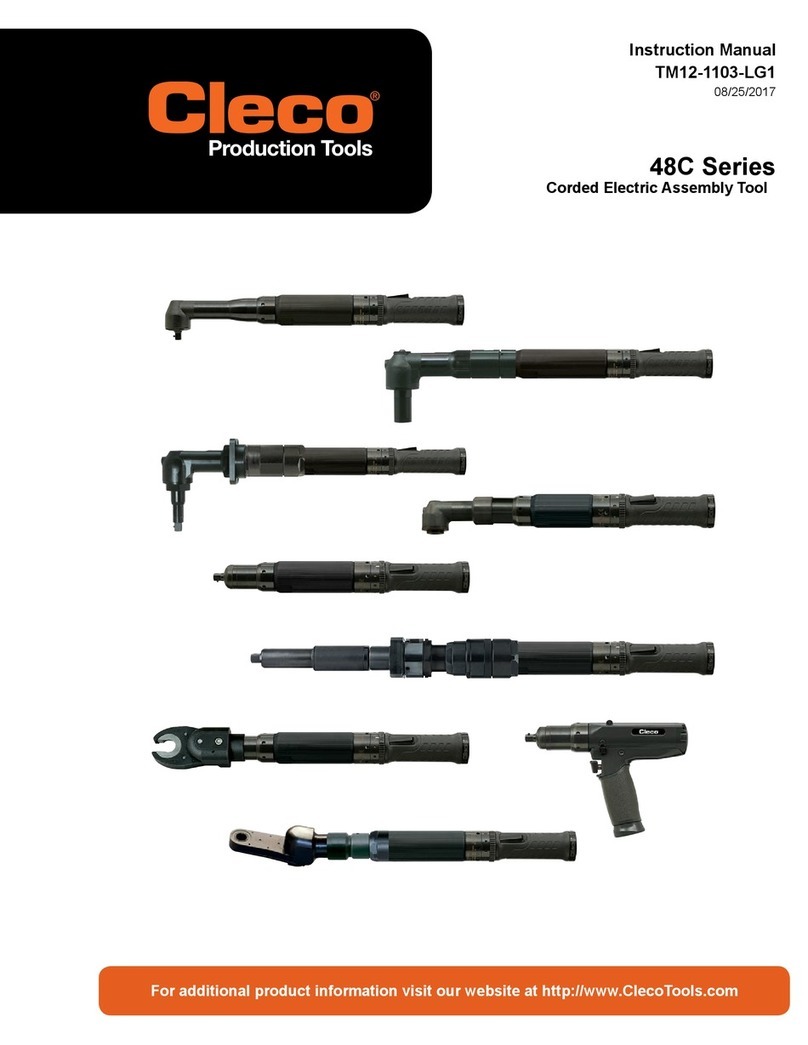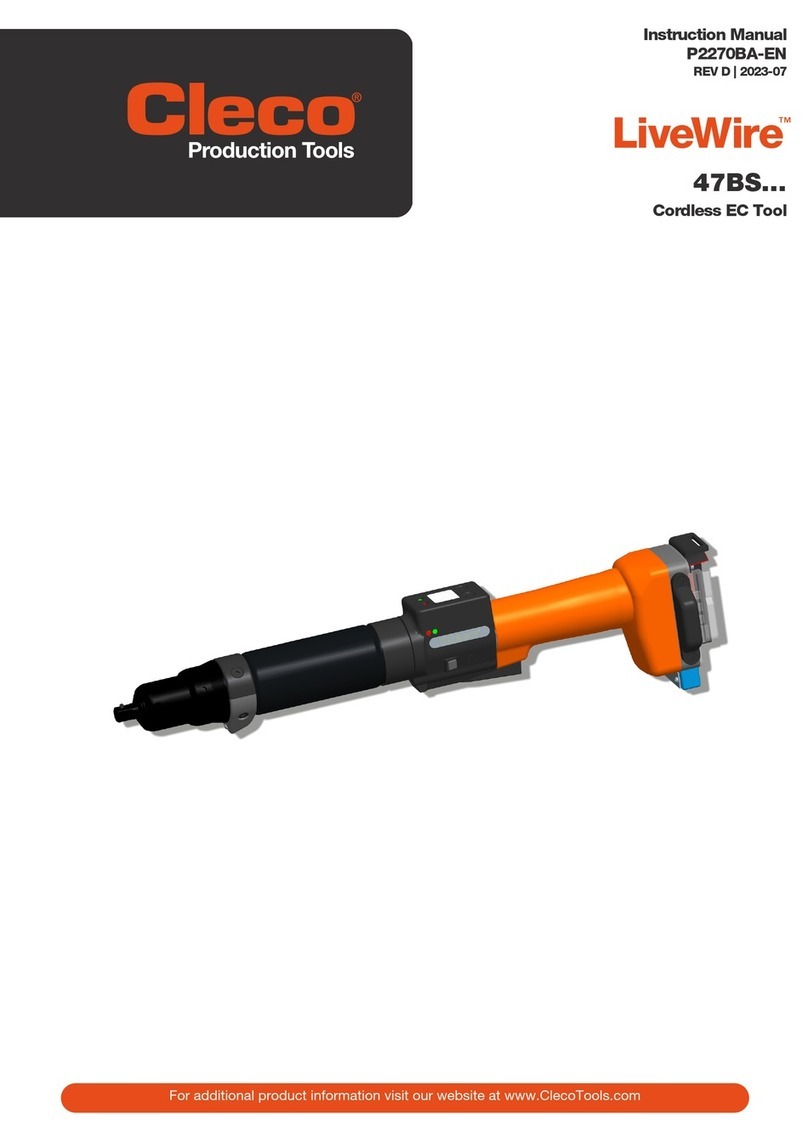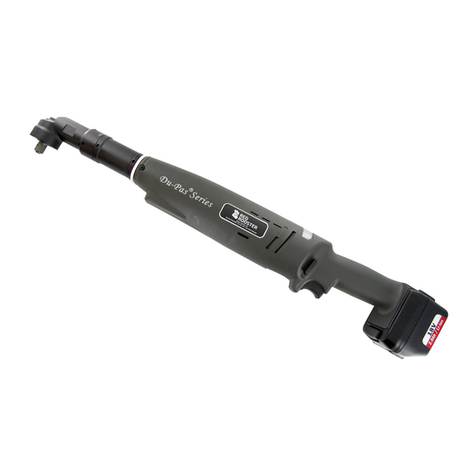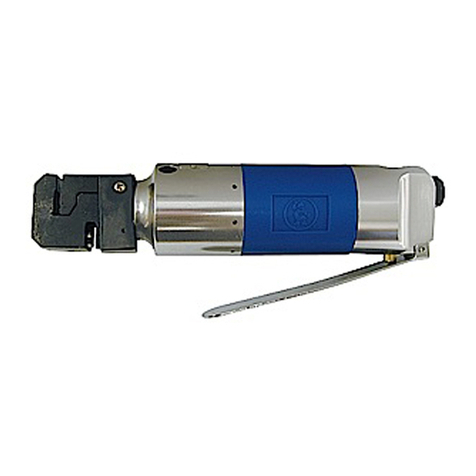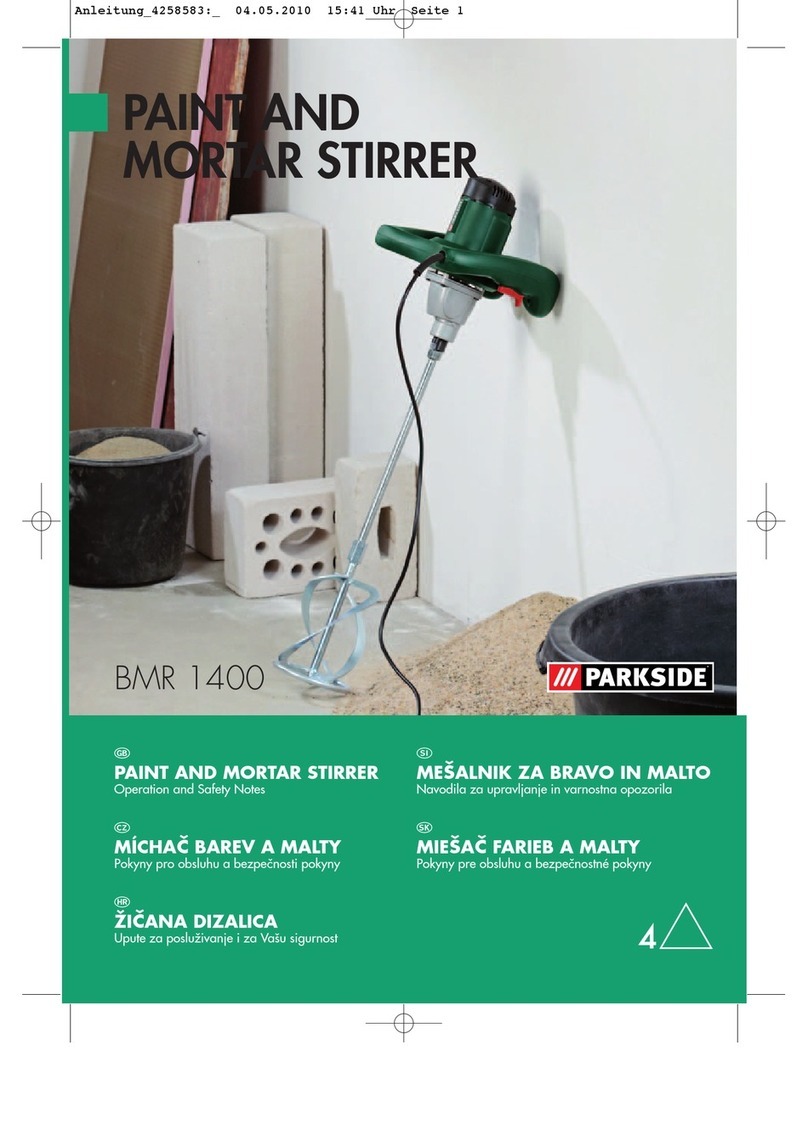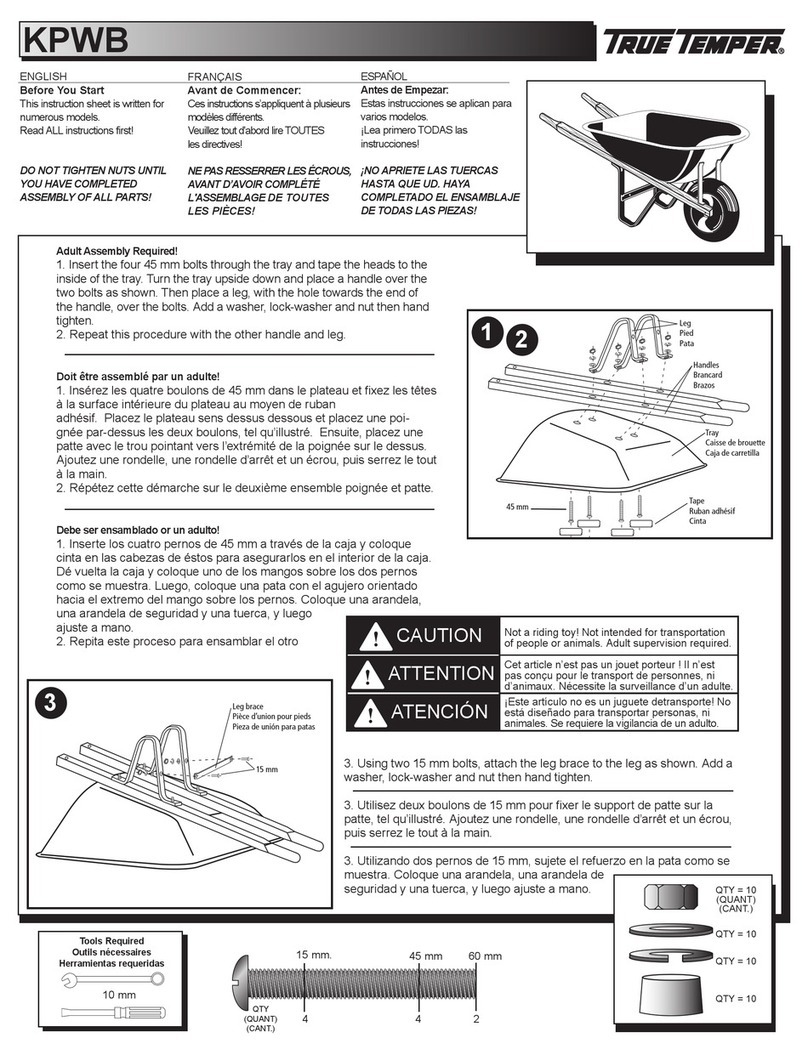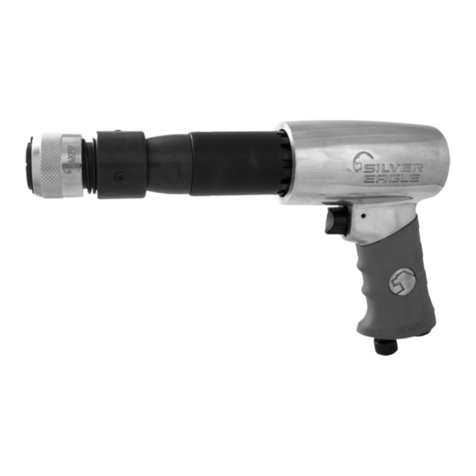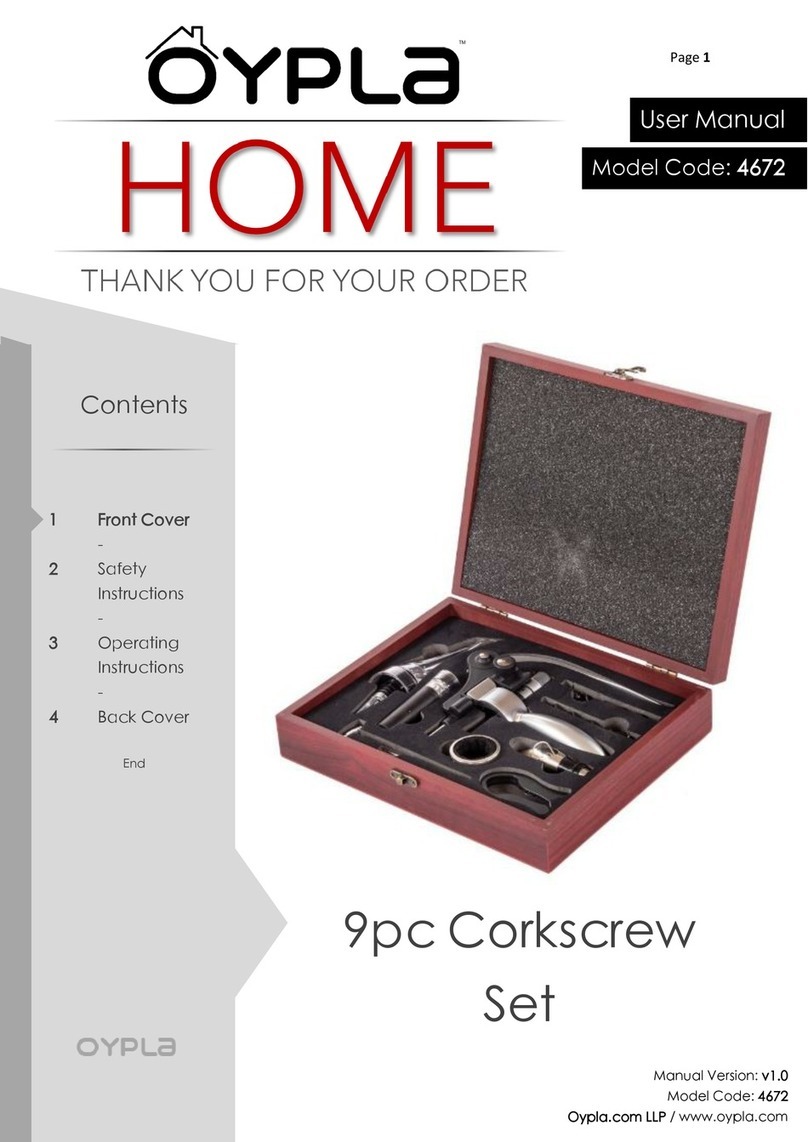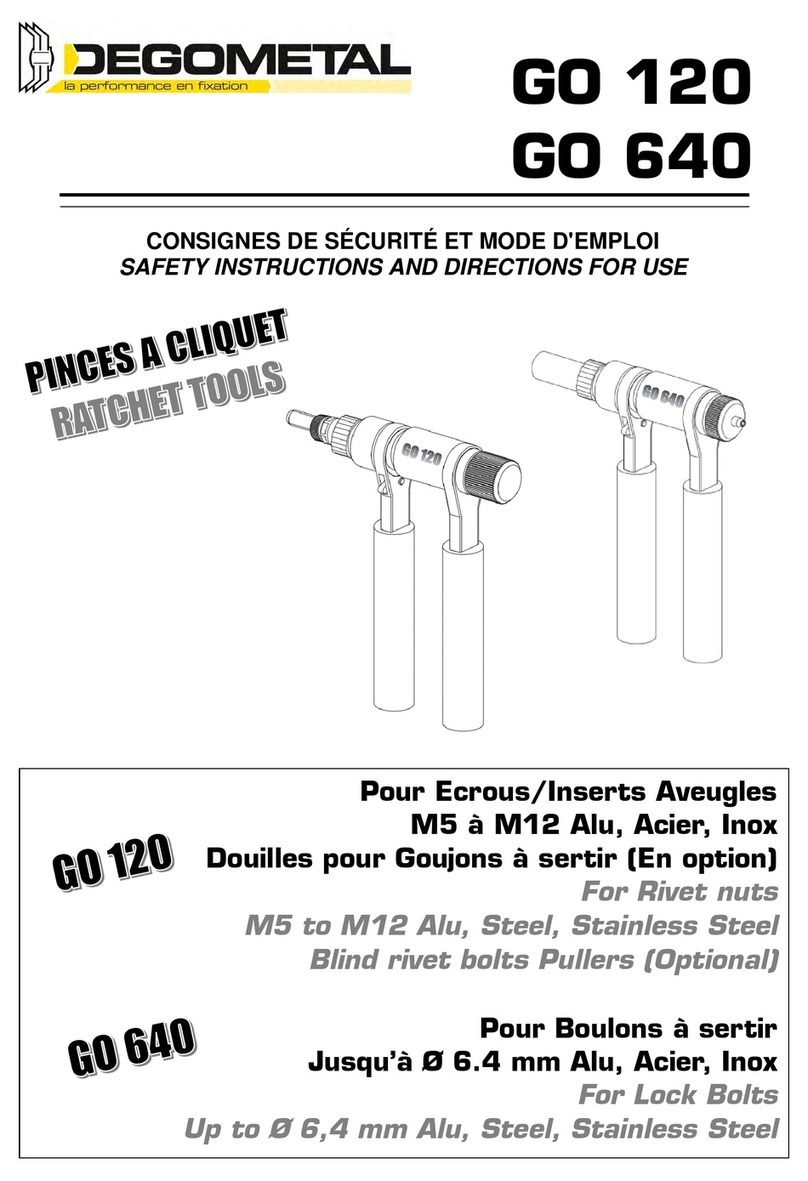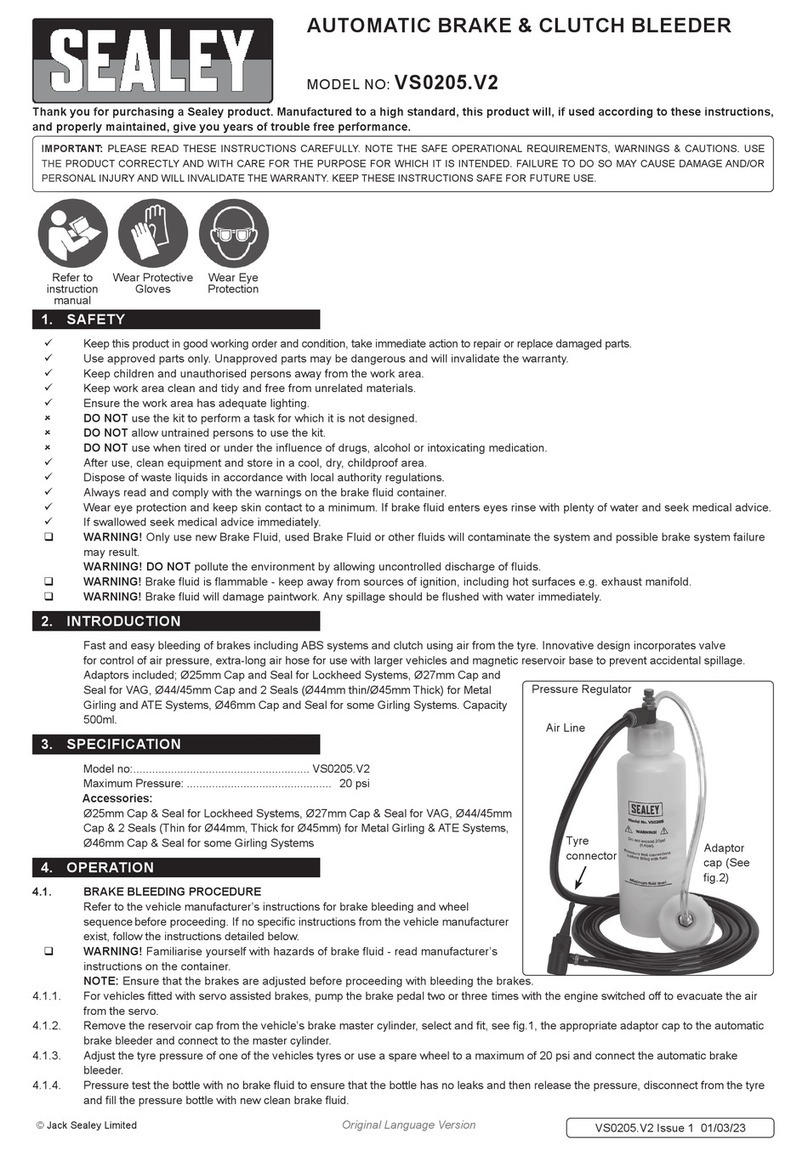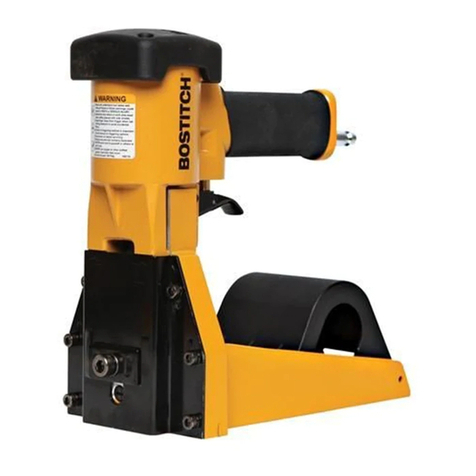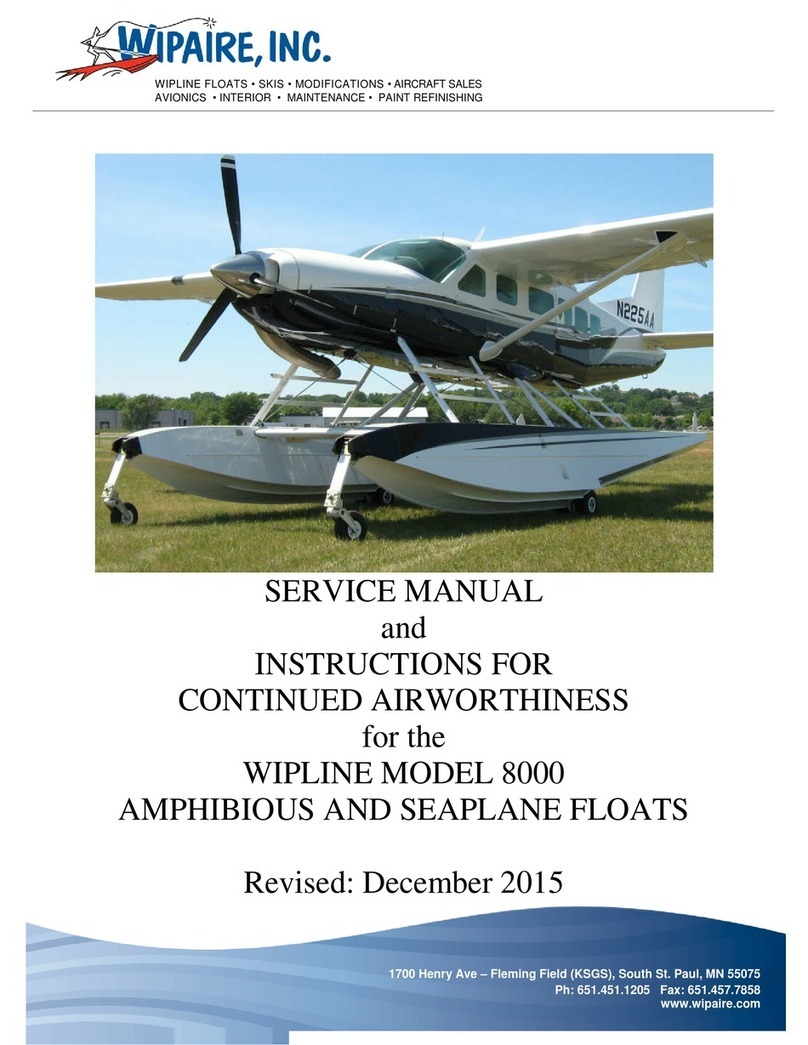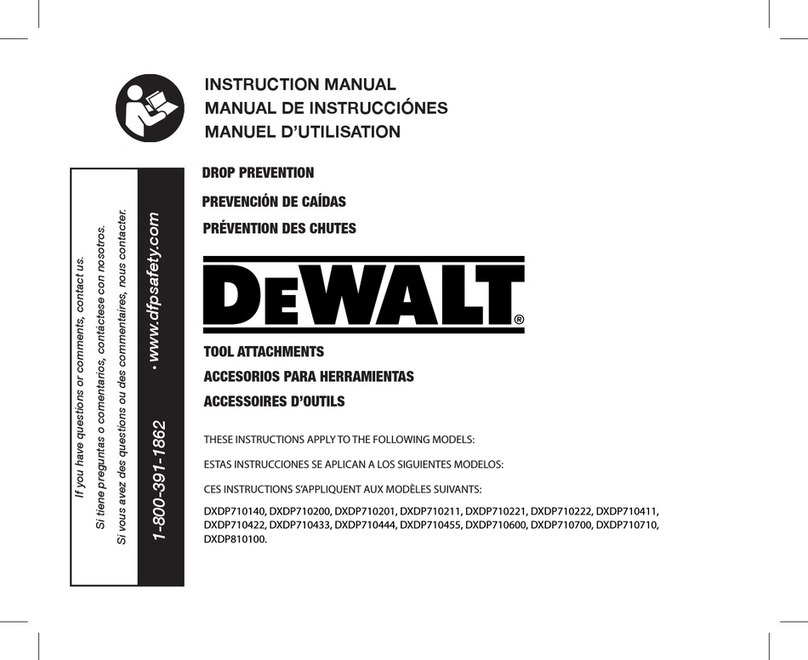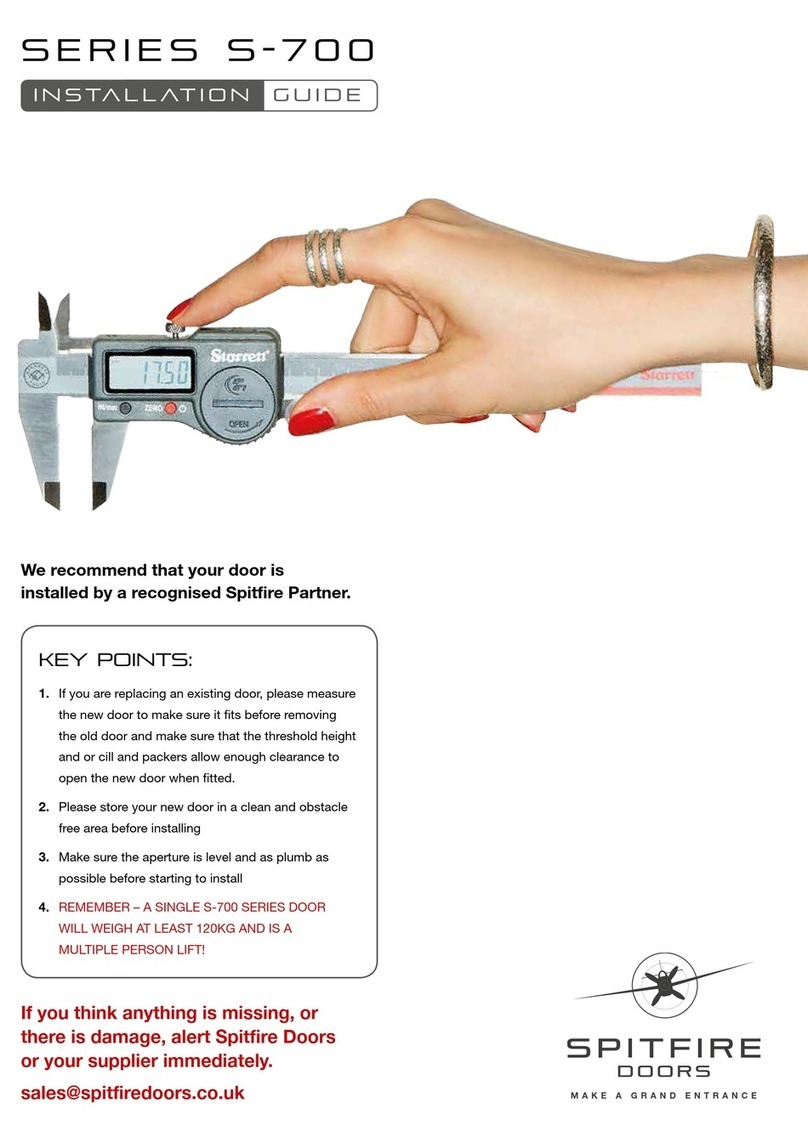
2
Safety Recommendations
For your safety and the safety of others, read and under-
stand the safety recommendations and operating instruc-
tions before operating any tool.
Always wear protective equipment:
For additional information on eye protection and face
protection,refertoFederalOSHARegulations,29Codeof
Federal Regulations, Section 1910.133., Eye and Face
Protection, and American National Standards Institute,
ANSIZ87.1, Occupationaland EducationalEye andFace
Protection. Z87.1 is available from the American National
Standards Institute, Inc., 11 West 42nd Street New York,
NY. 10036.
Hearingprotectionisrecommendedinhighnoiseareas85
dBAorgreater.Theoperationofothertoolsandequipment
in the area, reflective surfaces, process noises and reso-
nant structures can substantially contribute to, and in-
crease the noise level in the area. Excessive air pressure
above 90 PSIG or worn motor components can also
increase sound level emitted by tool. For additional infor-
mationonhearingprotection,refertoFederalRegulations,
Section1910.95,OccupationalNoiseExposure,andAmeri-
can National Standards Institute, ANSI S12.6, Hearing
Protectors.
Cleco tools are designed to operate on 90 psig (6.2 bar)
maximum air pressure. If the tool is properly sized and
applied,higherairpressureisunnecessary.Excessiveair
pressure increases the loads and stresses on the tool
parts, sockets, and fasteners and may result in breakage.
Installation of a filter-regulator-lubricator in the air supply
line ahead of the tool is recommended.
Before the tool is connected to the air supply, check the
throttleforproperoperation(i.e.,throttlemovesfreelyand
returns to closed position). Being careful not to endanger
WARNING!
Impact resistant eye protection
must be worn while operating
or working near this tool.
CAUTION!
Personal hearing protection is
recommended when operating
or working near this tool.
adjacentpersonnel,cleartheairhoseofaccumulateddust
and moisture. Before removing a tool from service or
changing sockets, make sure the air line is shut off and
drainedofair.Thiswillpreventthetoolfromoperatingifthe
throttle is accidently engaged.
Some individuals may be susceptible to disorders of the
hands and arms when performing tasks consisting of
highly repetitive motions and/or exposure to extended
vibration. Cumulative trauma disorders such as carpal
tunnel syndrome and tendonitis may be caused or aggra-
vated by repetitious, forceful exertions of the hands and
arms. Vibration may contribute to a condition called
Raynaud'sSyndrome.Thesedisordersdevelopgradually
over periods of weeks, months, and years. It is presently
unknowntowhatextentexposuretovibrationsorrepetitive
motions may contribute to the disorders. Hereditary fac-
tors,vasculatoryorcirculatoryproblems,exposuretocold
and dampness, diet, smoking and work practices are
thought to contribute to the conditions.
Anytooloperatorshouldbeawareofthefollowingwarning
signs and symptoms so that a problem can be addressed
before it becomes a debilitating injury. Any tool operator
shouldbe awareof thefollowing warningsigns andsymp-
toms so that a problem can be addressed before it be-
comes a debilitating injury. Any user suffering prolonged
symptoms of tingling, numbness, blanching of fingers,
clumsiness or weakened grip, nocturnal pain in the hand,
or any other disorder of the shoulders, arms, wrists, or
fingersis advisedtoconsultaphysician.Ifitis determined
thatthesymptomsarejobrelatedoraggravatedbymove-
ments and postures dictated by the job design, it may be
necessaryfortheemployertotakestepstopreventfurther
occurrences.Thesestepsmightinclude,butarenotlimited
to,repositioningtheworkpieceorredesigningtheworksta-
tion,reassigningworkerstootherjobs,rotatingjobs,chang-
ingworkpace,and/orchangingthetypeoftoolusedsoas
to minimize stress on the operator. Some tasks may
require more than one type of tool to obtain the optimum
operator/tool/taskrelationship.
Repetitive work motions and/or vibration
may cause injury to hands and arms.
Use minimum hand grip force consistent
with proper control and safe operation.
Keep body and hands warm and dry.
Avoid anything that inhibits blood circulation.
Avoid continuous vibration exposure.
Keep wrists straight.
WARNING
!
Avoid repeated bending of wrists and hands.




















